OPINION: Banned books are critical to society
March 9, 2023
In 1637, Thomas Morton wrote “New English Canaan” a book criticizing the Puritan culture after leaving a Puritan colony and creating his own settlement. Morton’s book ended up being the first banned book in United States history, and 386 years later, the list has grown exponentially. Banning books deemed unsafe or unfit to read is a harmful approach to censorship and dangerously close to violating the First Amendment. Not only that, literature that explores more intense themes is becoming more necessary in current society.
A banned book, as defined by The First Amendment Encyclopedia, is a book banned by “private individuals, government officials, or organizations” due to its “content, ideas, or themes.” Challenged books are those that people have attempted to take out of libraries or school curricula. The list of banned and challenged books ranges from profoundly themed books such as “Brave New World” by Aldous Huxley to children’s books like “Winnie-the-Pooh” by A.A. Milne.
Many books that have been or are being banned or challenged are staples in literature that millions read. The “Harry Potter” series has been on a list of challenged books since the 1990s. They challenged the series due to the themes of sorcery, adolescents rebelling and more.
From July 1, 2021 to June 30, 41% of banned books had an aspect of LGBTQ+ culture, whether it be the book’s theme or the sexual identity of a character. Following directly behind this statistic, 40% of banned books during this period involved main characters of color. A common theme among banned or challenged books is topics regarding race, sexual identity or gender expression. These subject matters should be embraced, especially in maturing children’s lives. If a growing child is learning that they identify as something that may be different from friends or classmates, banning books reflecting these identities fosters an extremely alienating environment.
The First Amendment protects American citizens’ freedom of speech, religion, assembly, press and petition. Banning certain literature seems like it would automatically violate this amendment, but there are some constraints. While this protects any public organization from any sort of censorship, private organizations have more leniency as they are not directly owned by the government.
The only method of censorship that the government can put on literature is a “time, place, or manner” restriction. Other than this exception, the government or public institutions banning literature is more than likely deemed unconstitutional. There are limited examples of speech the First Amendment does not protect, such as fighting words or obscenity. If a book falls into one of these categories, it can be argued that censoring or banning it is protected within the constitution.
Literature is critical in a child’s growth, development and sense of self. Reading a book whose main character is a person of color, identifies as LGBTQ+ or is another underrepresented group can be extremely influential in a child’s life, especially if they fall into one of these groups. However, the books with these significant themes and characters are the very same books that are being censored and banned. Limiting one’s exposure to such themes subsequently limits one’s sense of self.
Additionally, if books are censored with themes that someone identifies with, peers or classmates are also limited in ways they can learn how to be supportive and accepting. App State course syllabi have begun to include an Inclusive Excellence Statement, which is a call to action for students to be respectful of all classmates regardless of any underrepresented culture they may identify with. Regardless of how aggressively pushed censorship is, students have a history of fighting against it.
In 1982, a case that had been ongoing since 1975 was brought to the Supreme Court; Island Trees School District v. Pico regarding book removal from school libraries. A group of parents complained to the school board that certain pieces of literature in the library were “anti-American, anti-Christian, anti-Semitic and just plain filthy.” The school district complied, removing the novels the parents had fought for in 1976.
A group of students led by Steven Pico began to fight against this decision, and with multiple organizations defending them, the case was taken to the Supreme Court. The students won the case 5-4, with one justice’s reasoning being that removing books “for the purpose of restricting access to political ideas, or social perspectives discussed in them, when that action is motivated simply by the officials’ disapproval of the ideas involved” violated the First Amendment.
The four that voted in favor of the school board argued that removing books from the library did not violate the First Amendment as the books were available to the students at other locations. However, the decision made by the Supreme Court was in accordance with the idea that the removal or banning of literature from libraries violates the First Amendment and is, therefore, unconstitutional.
Literature has been an integral part of history and culture for centuries, and many profound themes are found within books, fostering critical thinking. While there is sensitive subject matter in a fair amount of literature, this subject matter is becoming more prevalent in current society as time goes on. If anything, the books that are being so heavily censored and fought against are more essential in the world than ever.

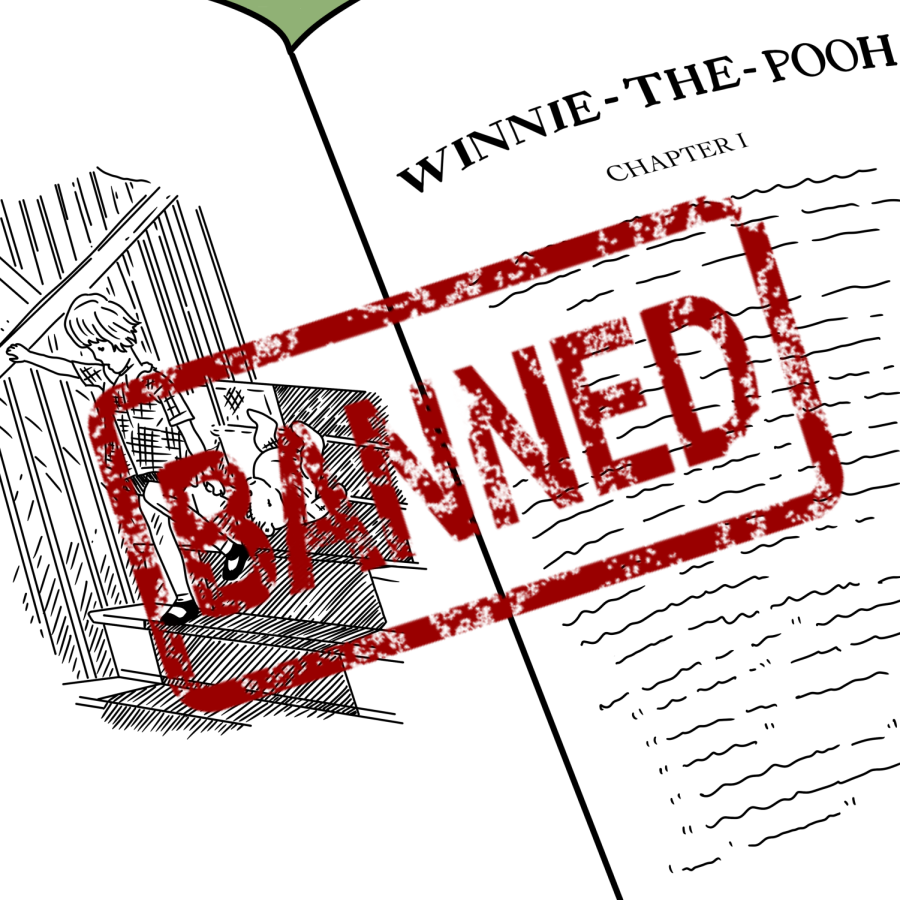
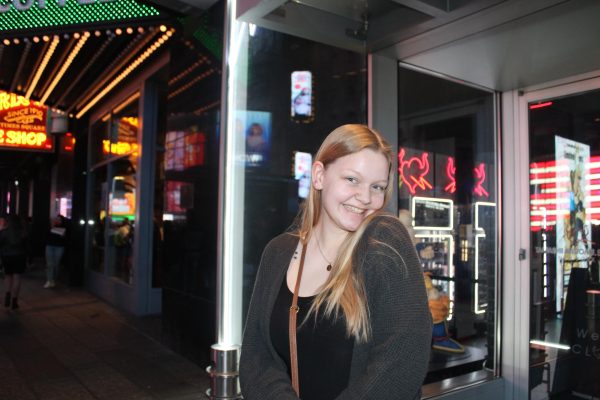
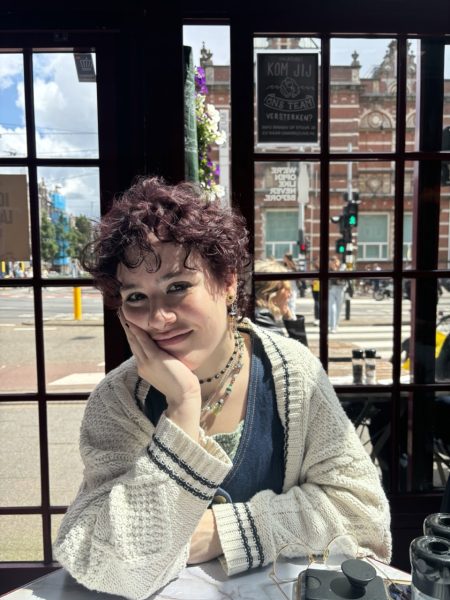
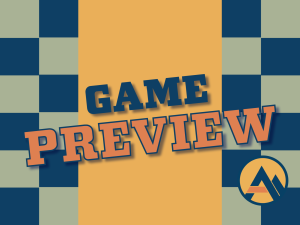
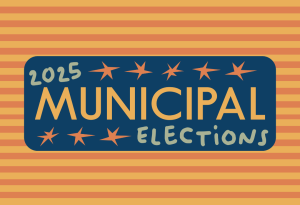
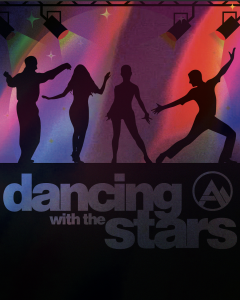

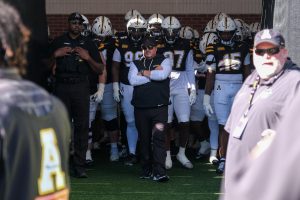
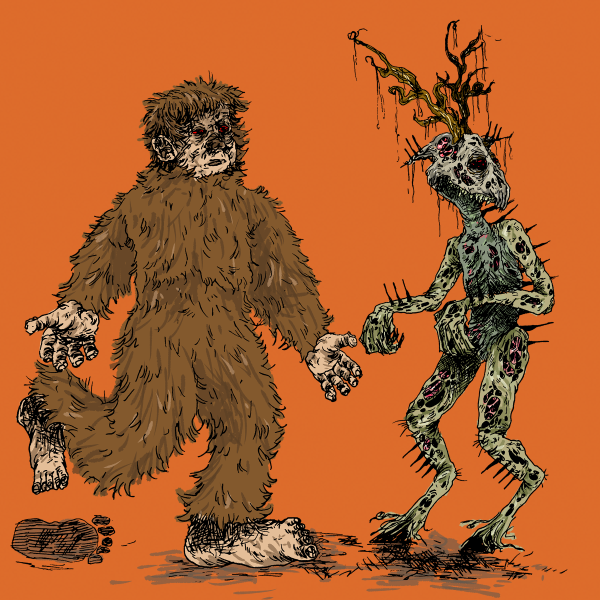
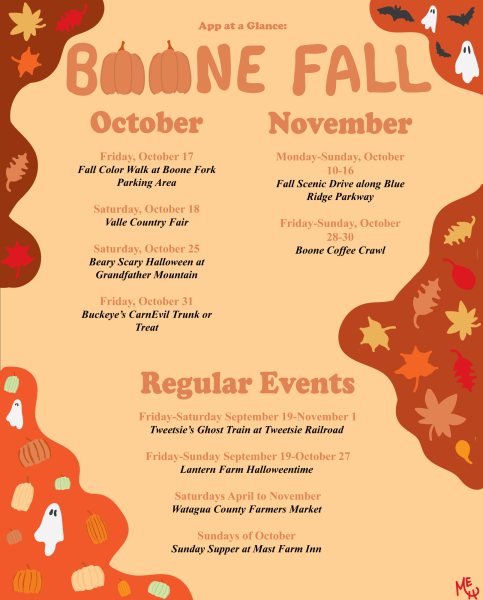

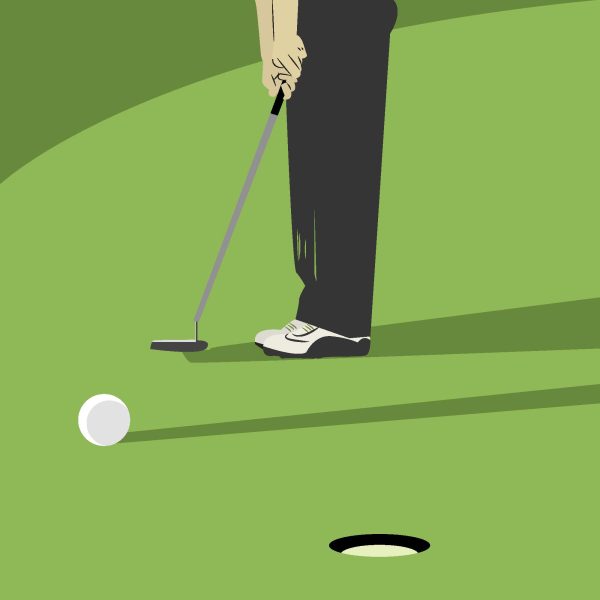
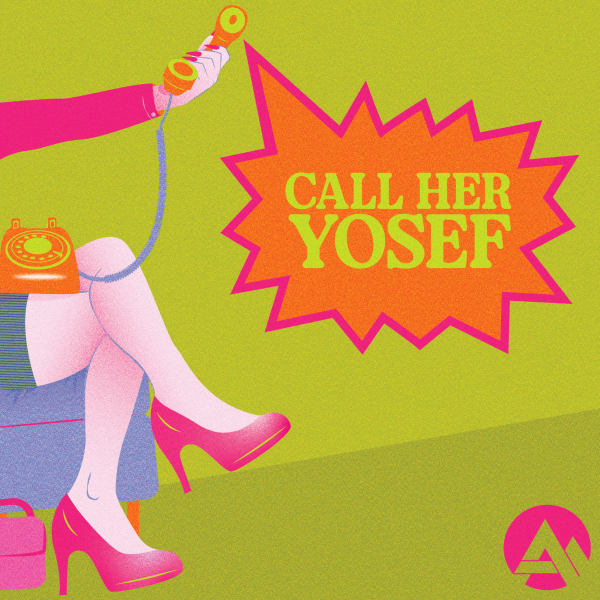
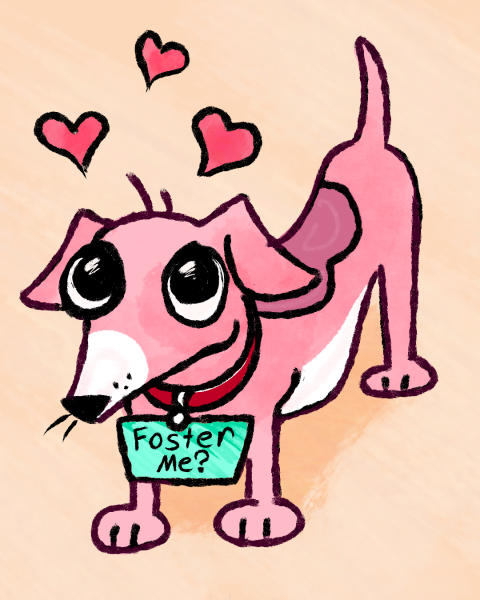
David Clayton • Mar 17, 2023 at 11:12 pm
If I may respond specifically to books available in our schools: The author doesn’t cover books some consider to be graphic/pornographic. A Google search reveals multiple occurrences where a school board prevented a parent or child from reading aloud from such a book before the board. What does it say when adult members of a school board are not comfortable hearing the content read in public? Should there be age restrictions on such books in schools? Should such books even be allowed in elementary schools or high schools? There is a rating system for movies. Should there be something similar for books?